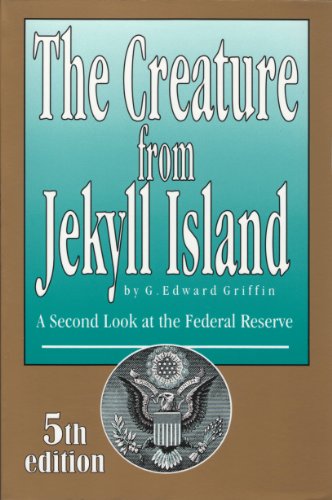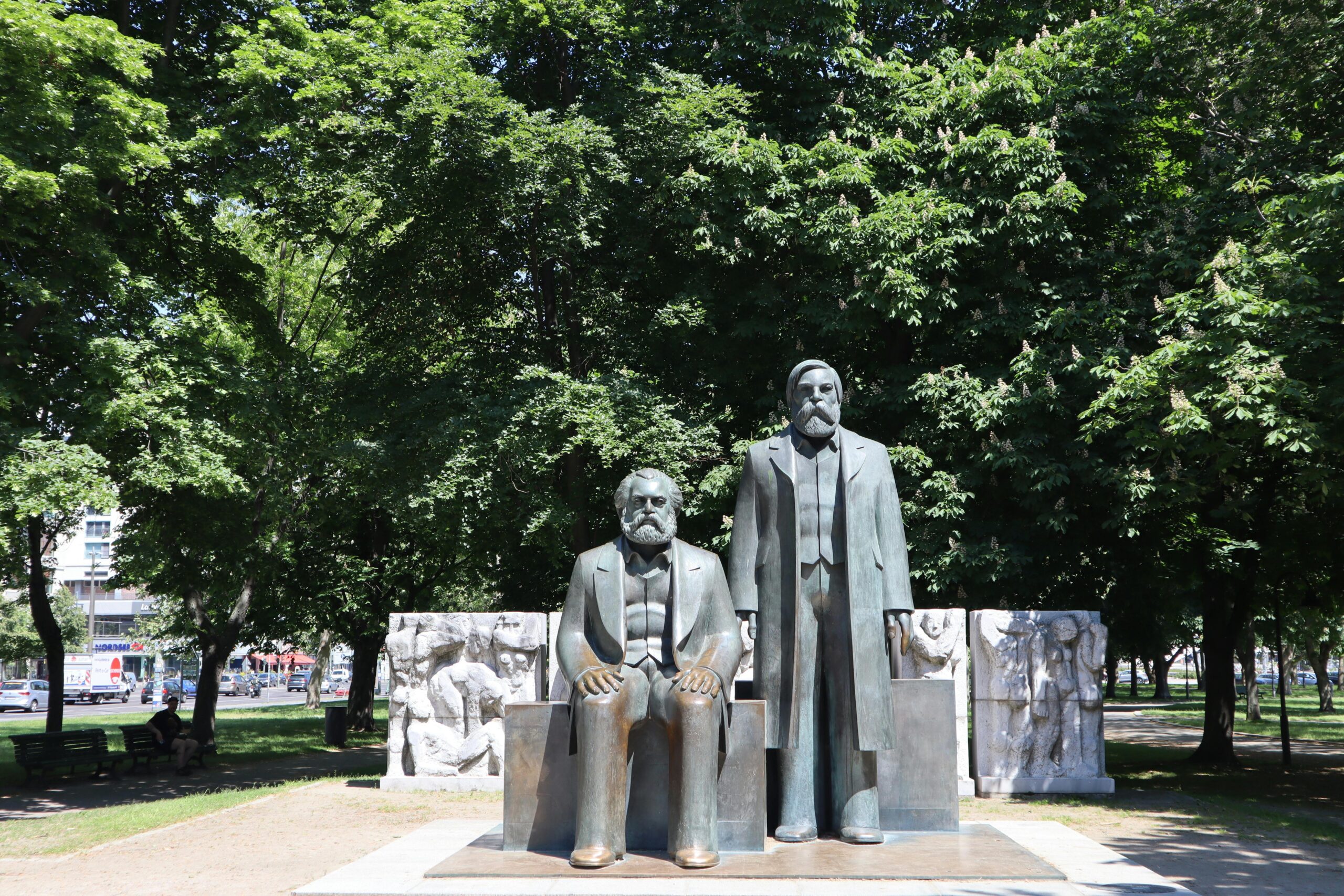If you’ve ever wondered where money really comes from—or who truly benefits from its creation—then The Creature from Jekyll Island may be one of the most important books you’ll read. G. Edward Griffin’s controversial exposé is part history lesson, part political thriller, and part economic manual that aims to pull back the curtain on one of the most powerful institutions in the world: The Federal Reserve System.
Griffin argues that the Federal Reserve is not a neutral government agency created to stabilize the economy, but rather a banking cartel cloaked in the illusion of public service—engineered by a small group of elites to serve their own interests at the expense of everyone else.
The Mysterious Meeting on Jekyll Island
The story begins in 1910 on a private island off the coast of Georgia—Jekyll Island—where a secret meeting of bankers, financiers, and politicians took place. According to Griffin, this covert gathering, organized by Senator Nelson Aldrich and attended by representatives of the major banking families (including the Morgans and Rockefellers), was the birthplace of what would eventually become the Federal Reserve Act of 1913.
The group’s goal? To create a central banking system that would:
- Control the nation’s money supply.
- Centralize banking power.
- Minimize competition among large banks.
- Allow banks to lend money they didn’t actually have.
While the official story presents the Federal Reserve as a stabilizing force designed to prevent banking crises, Griffin suggests it was founded to protect the big banks and transfer wealth from the public to private hands.
The Creature: What Is the Federal Reserve?
Griffin describes the Federal Reserve as a “hybrid cartel-government agency.” It was crafted in such a way that it appears governmental, but it operates in the interest of private banks. It:
- Is owned by member banks, not the government.
- Controls the issuance of currency via the U.S. Treasury.
- Influences interest rates and credit availability.
- Operates with minimal oversight and near-complete autonomy.
According to Griffin, the Fed’s core function—creating money out of nothing—fuels inflation and erodes purchasing power, which silently robs savers and benefits borrowers (primarily governments and corporations).
Fractional Reserve Banking: The Heart of the Problem
Griffin dedicates a large section of the book to explaining fractional reserve banking—a practice where banks only keep a fraction of deposits on hand and lend out the rest. In this system:
- Banks can create money through lending.
- The Federal Reserve supports this by providing liquidity when needed.
- This creates a house-of-cards financial system—vulnerable to runs, debt crises, and inflation.
The average person may not realize it, but Griffin claims that this process systematically transfers wealth from the lower and middle classes to those who control the banking system.
The Boom-Bust Cycle: Engineered by Design?
One of Griffin’s most alarming assertions is that economic crises are not accidental—they’re designed features of the Federal Reserve’s system. By manipulating interest rates, the Fed can fuel unsustainable credit bubbles, which eventually burst, leading to:
- Recessions or depressions.
- Bankruptcies of small businesses.
- Government bailouts of major banks and corporations.
- Increased public debt and dependency.
Griffin views the repeated cycles of boom and bust not as failures of capitalism, but as planned redistributions of wealth and power.
War, Debt, and the Banking Empire
A central theme of the book is the link between central banking and war. Griffin argues that no modern nation could wage extended wars without the ability to print money and monetize debt. The Fed plays a key role in this:
- It buys government debt, essentially funding wars through inflation.
- This process allows governments to spend beyond their means without raising taxes—making wars more politically acceptable.
According to Griffin, the 20th century’s major conflicts—including both World Wars—were financed through this mechanism, enabling global power struggles while enriching banks through interest on national debt.
Globalism and the Road to a World Central Bank
Griffin broadens the scope of the book to argue that the Federal Reserve is part of a larger movement toward global financial consolidation. He points to organizations like the IMF, World Bank, and the BIS (Bank for International Settlements) as pieces of an emerging global banking structure.
The ultimate goal, he warns, is a one-world currency controlled by a supranational central bank—removing national sovereignty and placing economic power in the hands of unelected global elites.
The Moral and Constitutional Case Against the Fed
Griffin does not shy away from the philosophical and constitutional issues. He argues that:
- The Constitution gives Congress the power to coin money, not a private cartel.
- Fiat currency is inherently dishonest, as it is not backed by tangible value (like gold).
- The system promotes moral hazard, enabling irresponsible borrowing and speculation.
- It undermines democracy by concentrating financial power in an unaccountable institution.
For Griffin, ending the Fed is not just an economic necessity—it’s a moral imperative.
What’s the Solution?
Griffin advocates for a return to sound money—currency backed by precious metals—and the abolition of the Federal Reserve. He calls for:
- Public education about how money and banking work.
- Grassroots political action to restore constitutional monetary policy.
- Decentralized and competitive banking practices.
- Personal responsibility in saving and investing.
Final Thoughts: A Wake-Up Call for the Financially Curious
The Creature from Jekyll Island is a powerful and provocative read that forces us to question what we’ve been taught about money, inflation, and the role of government in the economy. While critics argue that some of Griffin’s claims are overly conspiratorial or speculative, the book’s historical research and economic analysis make it hard to dismiss entirely.
Whether you agree with all of his conclusions or not, the book accomplishes something vital: it sparks critical thinking about the monetary system—a topic that affects every aspect of our lives yet remains misunderstood by most.
If you’re looking to understand why the rich get richer, why debt keeps growing, and why our dollars buy less each year, The Creature from Jekyll Island offers one of the most compelling—and unsettling—narratives available.
TL;DR:
- The Federal Reserve was created in secret by powerful bankers and politicians.
- It is a private banking cartel, not a government institution.
- The Fed enables inflation, war, and debt through money creation.
- Economic crises are built into the system, not accidental.
- Griffin advocates for sound money and abolition of the Fed.




